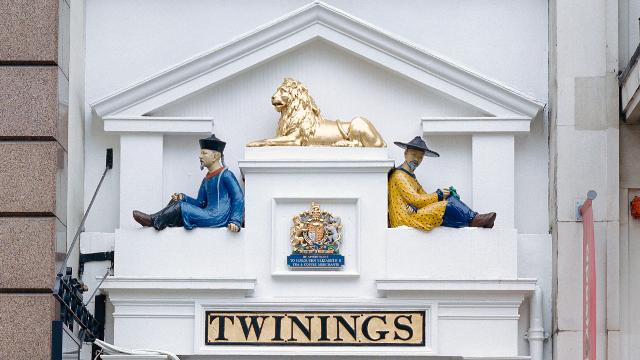OK boys and girls, here’s the next instalment of links to items you may have missed the first time round.
And as from this issue, these link posts will be monthly, on around the last day of the month (or maybe a day later).
So here we go …
Science & Medicine
Let’s start with a look at some science myths that just refuse to die. Own up: how many of those did you believe?
You would expect, wouldn’t you, that medics would by now understand the menopause and how to alleviate its worst symptoms for those women worst affected? Seems that isn’t the case and the menopause isn’t well understood at all.
We hear a lot about “evidence-based medicine”. But is there any evidence that “evidence-based medicine” is any better than any other variety?
You need to be fit to go into hospital. Yes, really! Apart from the rise in hospital-acquire infections, it seems that the environment is physically and mentally debilitating.
So who has needed a hangover cure in the last few days? Here’s a bit about the possible underlying causes of hangovers, which again are still not well understood.
Sexuality
Possibly only the French would dare put on an exhibition called Splendours and Miseries: Images of Prostitution 1850-1910. Kim Willsher reviews for the Guardian.
Now here’s a
brave teacher who believes in what I have always said: we would be better off being open and honest and discussing sexuality
etc. This really should be the norm.
Hair. Why do men grow it on their chins but (apparently) insist women remove it from their genitals? Could we be about to see a
resurgence of pubic hair?
Environment
George Monbiot (yes, him again!) has a rant about the
environmental damage caused by agriculture and the growing of our food.
Social Sciences & Business
Cheating (generally, not sexually). We all do it — some more than others. But we all do it to some extent if only in pursuance of our personal myth.
Talking of cheating, it’s estimated that 3% of £1 coins currently in circulation are fakes. To counteract such forgery the Royal Mint will be issuing a
new 12-sided £1 coin in 2017.
Londonist proposed
15 ways in which London’s train network could be improved, and all without building a single foot of new track. Some of them do seem to be incredibly simple to do!
Art & Literature
Is there really any point in
collecting books? Howard Jacobson has a view.
History
This really should be called London Curiosities, but they all have some historic basis …
Londonist, again, hunts out
London’s top 10 moats. Oh yes, there really are that many moats in London, although not all are historic.
And one more from
Londonist, this time
London’s top 10 tunnels and catacombs.
Being English we do like our cup of tea (or a large mug in my case!). So why didn’t I previously know about
Twining’s teashop and museum. Must add this to the 2016 bucket list.

And finally in this section, an old favourite.
Caroline’s Miscellany gets a look round the long closed
Down Street Station.
Food & Drink
Most of us probably drank some champagne over Christmas, or maybe to see in the New Year, so here’s a little of the
chemistry that makes champagne work.
Alice Roberts writes about
choosing to be a vegetarian, although she eats fish for health, and actually likes the taste of meat.
Shock, Horror, Humour
And in our final sections,
Ipswich’s most famous cat burglar, Theo, relapses into his thieving ways.

And lastly,
Londonist (yes, them again) investigates the
10 rudest museum exhibits in London.
More in a month’s time!






